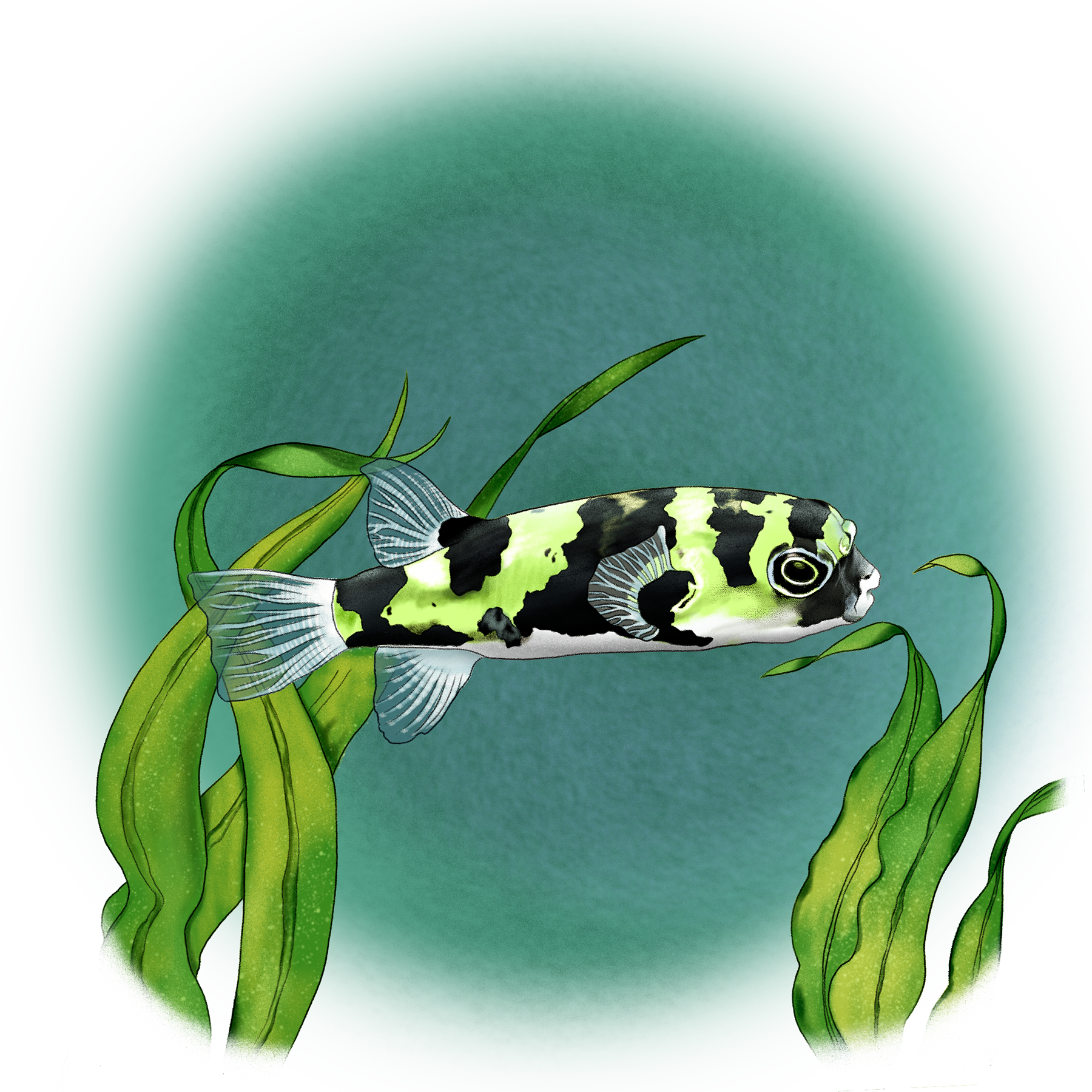
✎ Andrés Rodriguez

✎ Diego Aguilera


Amazon Puffer
Colomesus asellusAmazon region
RECORRIDO VIRTUAL POR LA BIODIVERSIDAD DE COLOMBIA
Museo de Historia Natural
Universidad Nacional de Colombia

Amazon Puffer
Colomesus asellus
Morpho-functionality
Teeth
Its teeth are fused into an upper and a lower plate which helps it cut fruits and insects that fall into the streams of rivers
Body
It fills its body with water to make itself look bigger and bigger and thus avoid being preyed upon by other animals.
Skin
On their skin they have glands that produce mucus that works as a barrier against bacteria and makes them smooth to the touch.
Lifecycle
The reproductive cycle or courtship behavior are not known. There is no sexual dimorphism. Is is assumed that they breed in the late dry season, and the young grow during the rainy season. This is inferred by feeding behaviors on the river bank where it is more frequent to see adults in the dry season and juveniles in the rainy season.
Amazon Puffer
Distribution
It is found distributed in the Amazon basin and the river mouth of the Orinoco. It is common to find it living in temperatures between 22 and 28 ° C, in the floating forage grass of the Amazonian rivers and their lagoon systems where it feeds.
Distribution area






